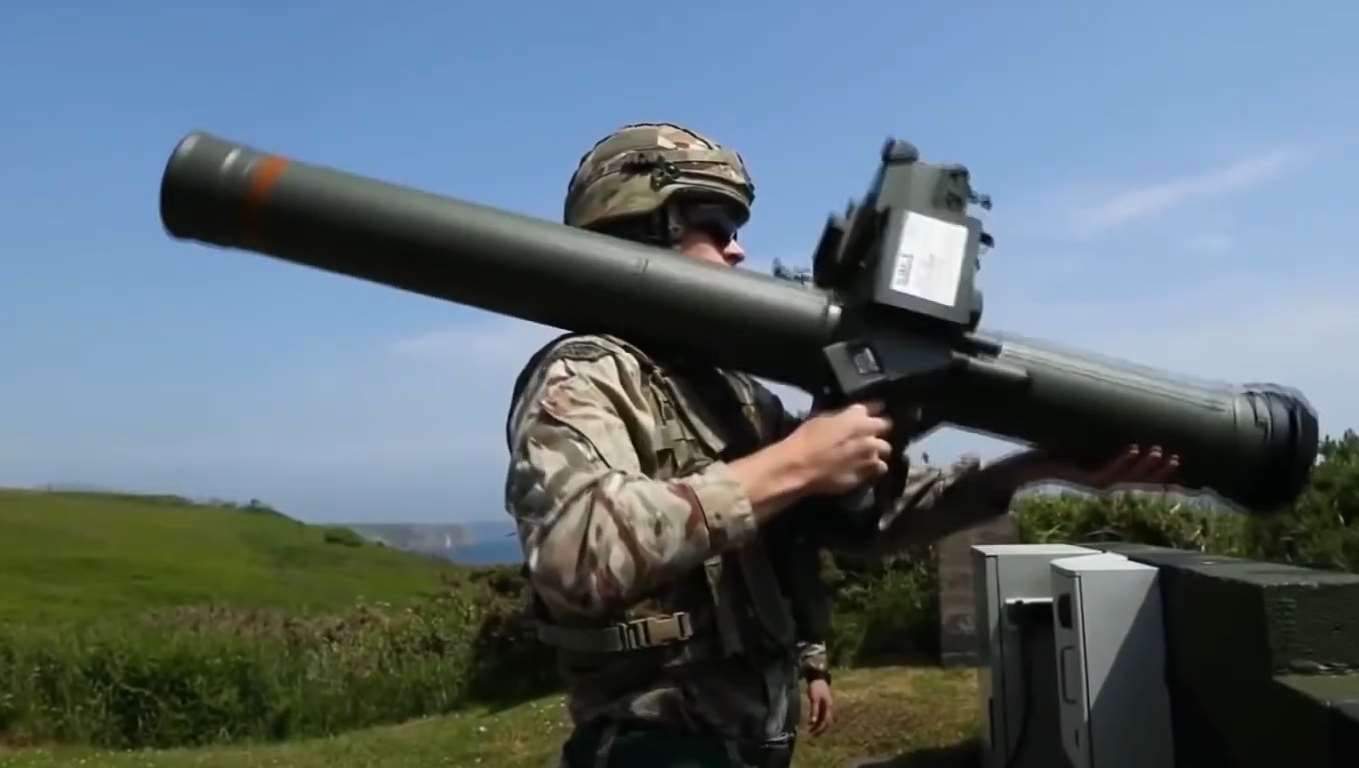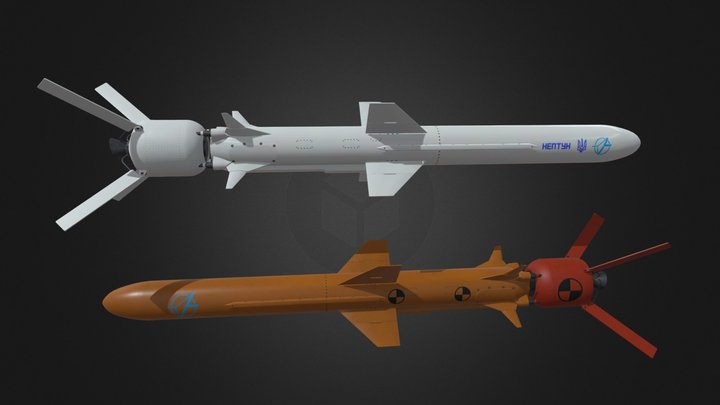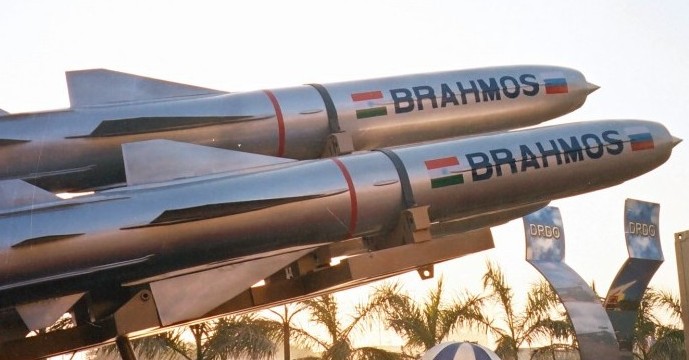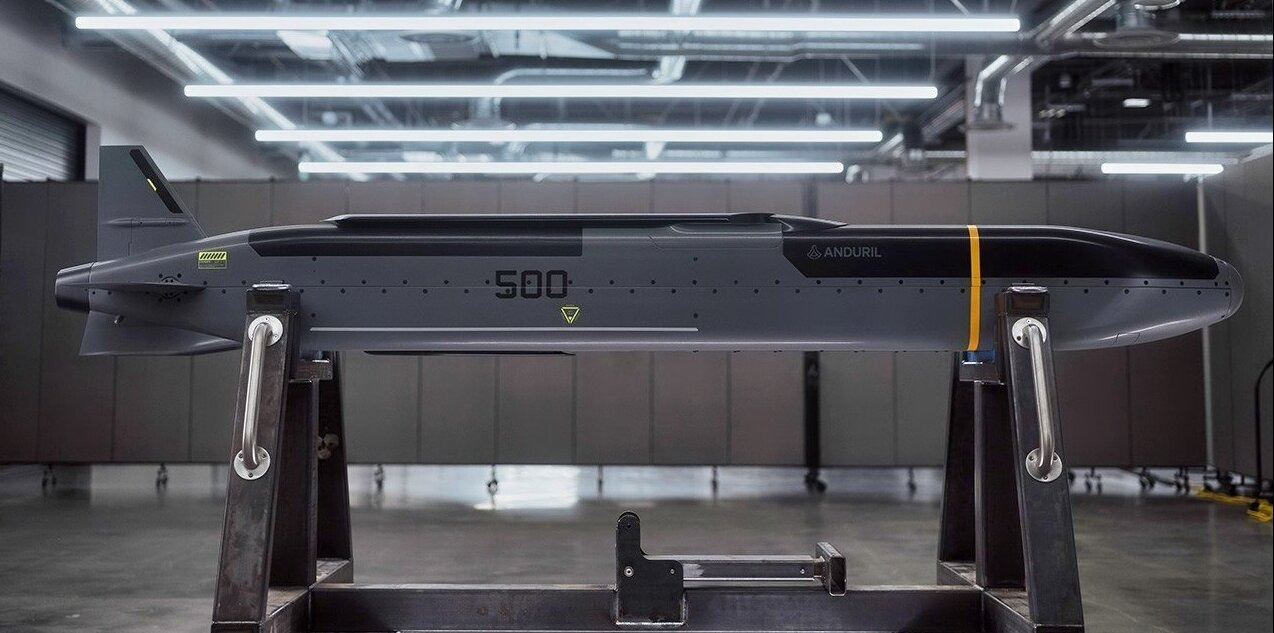The Evolution of Modern Missiles
In the contemporary arena of defense technology, precision-strike capabilities have taken center stage as pivotal assets for any modern military force. This advancement is exemplified by the United States’ Precision Strike Missile (PrSM) and Russia’s Iskander missile systems. Both represent significant developments in the realm of surface-to-surface missile technology, each boasting unique features that reflect their respective national defense strategies.
Design and Development
The PrSM is a relatively new entrant into the US arsenal, designed to replace the older ATACMS missile with an eye towards enhanced range and precision. Developed by Lockheed Martin, the PrSM seeks to provide a more lethal, responsive, and cost-effective alternative for the U.S. Army. On the other hand, the Iskander missile system has been a part of Russia’s military operations since the mid-2000s, with its development tracing back to the end of the Cold War. Designed to support Russia’s tactical nuclear capability and conventional precision bombing, the Iskander reflects Russia’s broader military doctrine.
Technical Specifications
| Attribute | PrSM | Iskander |
|---|---|---|
| Range | 500+ km | 500 km |
| Warhead Type | Various (Conventional) | Conventional or Nuclear |
| Launch Platform | Mobile, Land-Based | Mobile, Land-Based |
| Guidance System | GPS/INS | Inertial/GLONASS |
Capabilities and Strategic Impact
The PrSM is designed to counter and suppress enemy air defenses, representing a pivotal tool for the U.S. military to maintain aerial dominance and support ground troops with precise, high-impact firepower. With its ability to engage targets beyond 500 kilometers, the PrSM exceeds the range limitations of its predecessors and is well suited for engaging hardened targets with precision.
The Iskander system provides Russia with a dual capability that underscores its deterrence strategy. The option to employ either conventional or nuclear warheads enables it to deliver strategic, operational, and tactical strikes, effectively safeguarding Russia’s extensive borders while also serving as a potent deterrent to NATO forces. Notably, the Iskander’s quasi-ballistic trajectory reduces the reaction time for defense systems, posing a significant challenge to interception efforts.
Operational Deployment and Use
The PrSM is yet to be fully integrated into combat operations, with its initial fielding set for the coming years and full operational capability anticipated shortly thereafter. This missile is designed to offer a rapid, responsive capability able to be deployed in diverse environments across the globe, aligning with the U.S. military’s objectives for global reach and power projection.
Conversely, the Iskander has already seen deployment in multiple conflict zones and military exercises, serving as a linchpin of Russia’s regional military strategy. Its deployment has ranged from the volatile Ukrainian border to exercises in Russia’s Far East, illustrating its status as a flexible asset within Russia’s military umbrella.
Challenges and Adaptations
Challenges for the PrSM include technological hurdles linked to increasing range and payload versatility, as regulatory pressures necessitate adherence to evolving international arms control agreements. Additionally, the integration of cutting-edge technology requires substantial investment and innovation to maintain an edge over potential adversaries.
The Iskander, while operationally successful, faces challenges stemming from the international arms community’s scrutiny, particularly amidst allegations of violations associated with the Intermediate-Range Nuclear Forces (INF) Treaty. Its dual-capability nature also amplifies geopolitical tensions, necessitating a cautious approach in its deployment and use.
Looking Ahead
As the global security landscape evolves, the development and enhancement of missile systems continue to be a key focus for military strategists worldwide. The PrSM and Iskander systems, despite their differing histories and strategic purposes, represent the pinnacle of modern missile warfare, each contributing to the perpetual ‘battle for the skies.’
In such a dynamic context, the ongoing development of anti-missile technologies and hypersonic advancements promises to further influence the trajectory of missile system innovations, where traditional distinctions between nuclear and conventional capabilities may blur.
The future will likely see a greater emphasis on agility, stealth, and precision, prompting continuous adaptations and innovations from both sides. These efforts will underscore the imperative of maintaining technological superiority in an increasingly complex and interconnected world.









